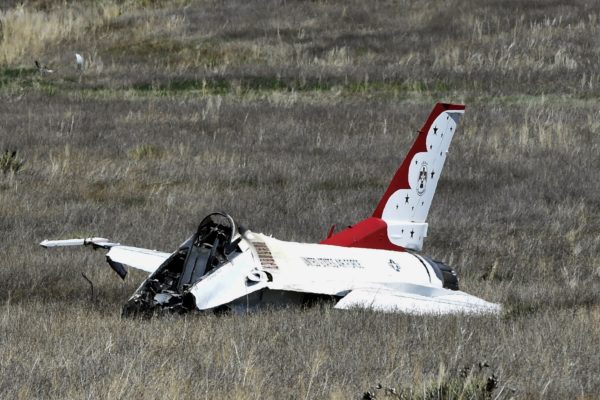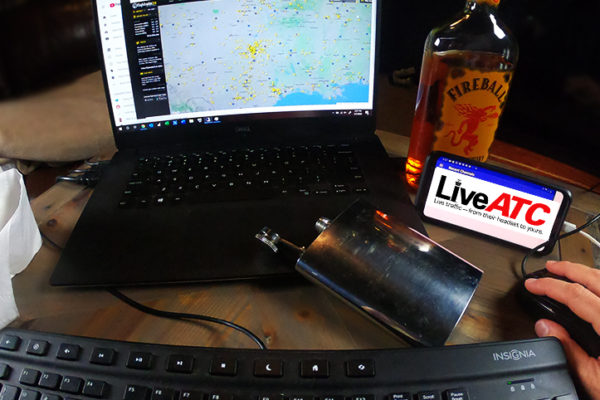If the pilot lets the engine stall after the warning horn they fail the checkride.

Due to the large number of airman candidates stalling the engine after the stall warning horn sounded, revisions of the two year-old airman certification standards (ACS), were posted to the FAA’s Airman Testing website in late 2018.
When the Private Pilot-Airplane ACS debuted in June 2016, it included a revision of the evaluation of slow flight “to reflect maneuvering without a stall warning (e.g., stall horn, etc.).” but not to the point where the engine actually stalls.
With the 2018 revision of the ACS, the FAA “refined and consolidated the risk management elements in the ACS,” and modified the phrasing of the slow flight skill element to require that an applicant “establish and maintain an airspeed at which any further increase in angle of attack, increase in load factor must prevent the engine from stalling.”




